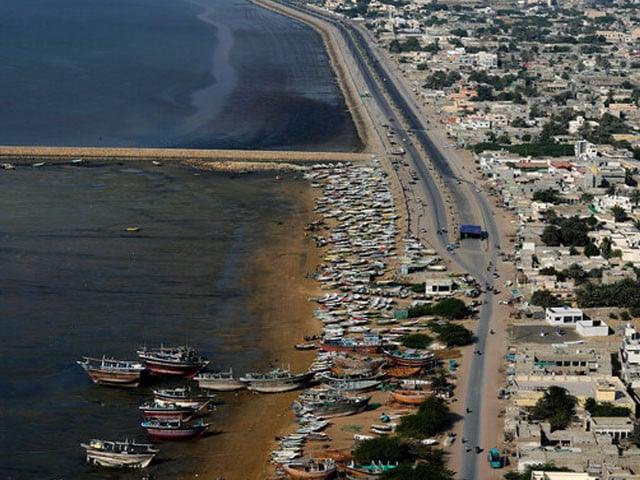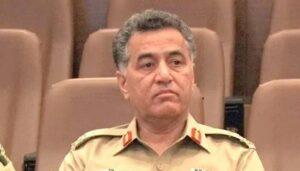Once a vibrant center for fishing and tourism, the coastal city of Gwadar in Pakistan is now dealing with the devastating impacts of climate change. After a decade of extreme weather events, residents and experts warn that the future of the city is at risk.
In February of last year, Gwadar suffered almost 30 consecutive hours of torrential rain, which caused generalized floods, roads, bridges and lines of communication.
The city, built on sand dunes and bordered by the Arabic sea, is particularly vulnerable to the increase in sea level and extreme climatic patterns.
Pazeer Ahmed, a gwadar -based hydologist, warns that the low areas of the city could be partially or completely submerged if sea level continues to increase. “It’s no less than a situation of the island nation,” he said.
The proximity that was once beneficial to the sea of the city has become an existential threat, with warmer oceans creating larger waves that are eroding the coast.
Abdul Rahim, deputy director of the Gwadar Development Authority, described the situation as “alarming”, noting that many houses have already been dragged due to the increase in the actions of the tides and the increase in sea temperatures.
The increase in sea level, aggravated by melting glaciers, has caused significant coastal erosion. The Karachi sea level has already increased by almost 8 inches (20 cm) between 1916 and 2016, with projections that suggest another increase of 1.3 cm by 2040.
In areas near Gwadar, including Pishukan and Ganz, the waves have submerged mosques, schools and settlements. In some places, the cliffs have eroded, leaving beaches devoid of structures.
Despite the efforts to build sea packages to protect the coast, these measures have proven inappropriate against the growing challenges raised by climate change.

The intrusion of salt water has also affected the properties of the government and private properties, with residents such as former local councilor Qadir Baksh struggling to keep water with daily pumping.
“The rain that arrived last year has not gone,” said Baksh. “The water rises from the ground with such speed that it will reach the four walls of my home if we do not execute the generator every day to extract it.”
The rapid urbanization and construction in Gwadar have worsened floods, with interrupted traditional drainage systems.
The city, a key component of an important development project led by the Chinese, has seen an important investment in infrastructure, which includes a deep port, an international airport and highways. However, despite foreign investments, the city lacks an adequate wastewater and drainage system, which exacerbates its vulnerability.
Fishing, once a key industry, has also been seriously affected. The reduction of fish catches, the disappearance of native species and changing migration patterns have left the community fighting.
The increase in sea temperatures and invasive species such as the globule fish contribute to these challenges, along with illegal fishing and foreign drag practices.

Agriculture in the surrounding areas has suffered water shortage, and the locals report that the yields of crops and deaths from cattle decrease. The widest pattern of climatic extremes, including floods, heat waves and droughts, has led to a decrease in agricultural productivity throughout Pakistan, according to the United Nations Intergovernmental Panel on climate change.
“There are heat waves and dust storms in Gwadar,” said Ahmed. “But the main impact of climate change is that there is too much water and not enough. If nothing is done to address this problem, we will have no choice but to retire. ”
As climate change continues to threaten Gwadar’s economy and living, experts urge immediate action to safeguard the future of the city.




